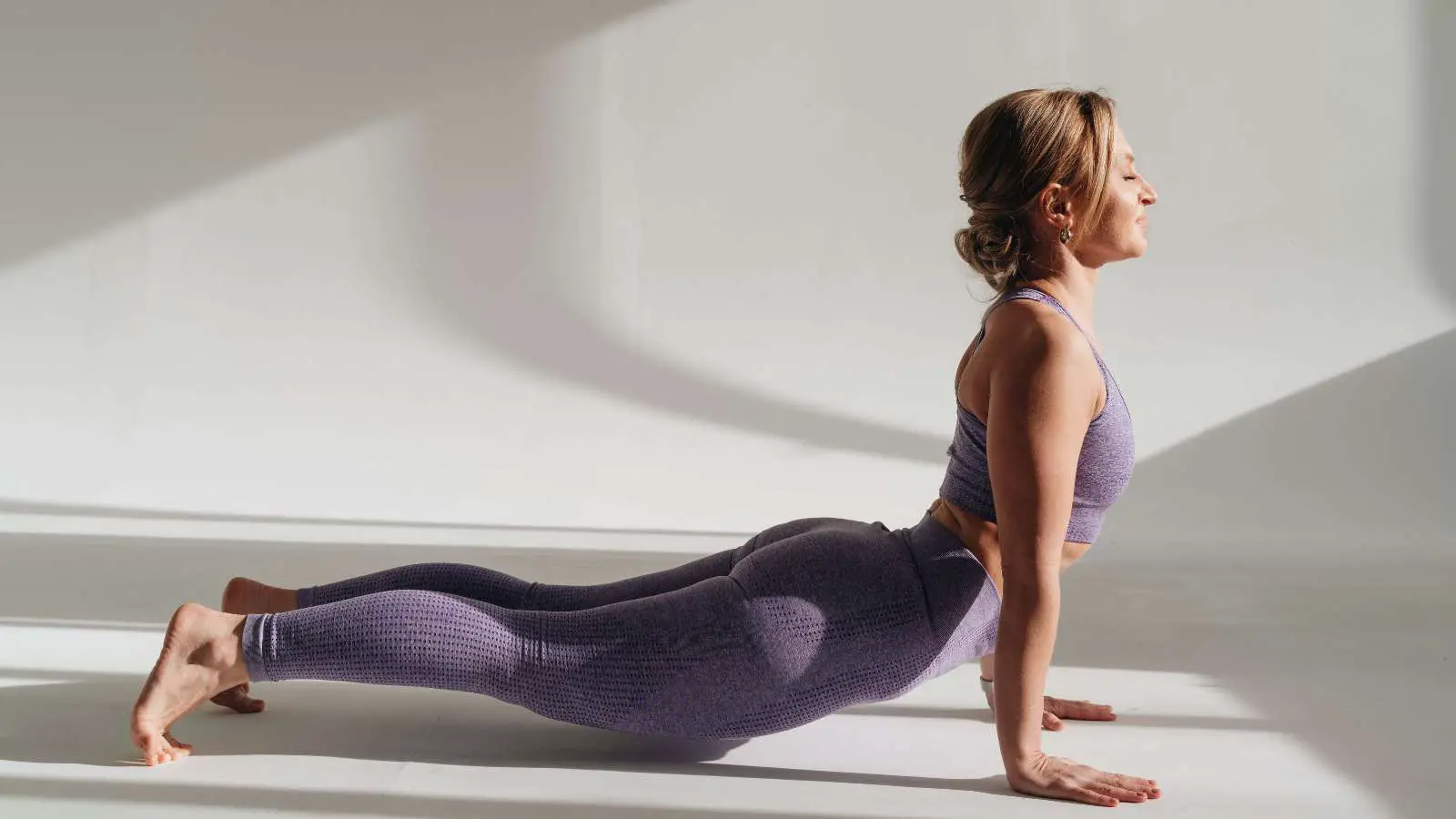Yoga is a practice that has been around for thousands of years and is known for its many benefits, including increased flexibility, strength, and balance. One of the most common questions that practitioners ask is whether they can do the same yoga poses every day.
Consistency is key to making progress in any practice, and doing the same poses every day can help to solidify the movements and deepen the benefits. On the other hand, if you don’t change up your routine, you may miss out on other benefits, and you run the risk of injuries.
In this article, we will explore the pros and cons of doing the same yoga poses every day and offer suggestions for how to strike a balance between consistency and variety in your practice.
Yoga poses as separate asanas and pillars in the flow
Regardless of whether you are new to yoga or not, you know that practicing yoga can mean different things. Some yogis simply practice separate yoga asanas (usually favorite ones) without having any specific order, while others follow a specific sequence or flow. For example, Sun Salutation and Moon Salutation are popular sequences that involve a combination of yoga poses that are performed in a specific order.
Ashtanga yoga is a good example of a style of yoga that consists of a strict sequence of poses that are performed one after another. When practicing yoga sequences such as Sun Salutation or Moon Salutation, it is important to remember that the poses that make up the sequence engage the muscles of the entire body. Practicing Salutations, Ashtanga yoga, or any other type of yoga that combines a variety of asanas everyday, contributes to a well-rounded practice that can improve overall strength, flexibility, and balance.
Nevertheless, some yogis may prefer to focus on a specific pair of muscles without advancing to more challenging poses. This type of yoga routine can be beneficial for those who are recovering from an injury or have a specific fitness goal in mind, for example, looking to build strength in the arms.
It is important to note that this type of yoga routine should not be used as a replacement for a well-rounded practice, but rather as a supplement.
The Risks of Overdoing the Same Poses
Doing the same yoga poses (except the flows, as explained earlier) every day can have its benefits, but it also comes with some risks. One of the main risks is the potential for overuse injuries. When we repeat the same movements over and over again, we are putting a lot of stress on the same joints and muscles, which can lead to inflammation, pain, and even injury. This risk is particularly high if you have a specific health condition or injury, such as a wrist or back pain.
Another risk of overdoing the same poses is that you may miss out on the other benefits that yoga has to offer. Yoga is a holistic practice that works on many different levels, including physical, mental and emotional. By sticking to the same poses, you may not be challenging your body in different ways and thus not be able to see the progress. Additionally, your practice may become stale and uninteresting, which can make it harder to maintain consistency in the long run.
Let’s not forget that our body is very intelligent. It adapts quickly to repetitive movements, which means that you may not see the same improvement in strength, flexibility, and balance as you would if you varied your practice. This can lead to a plateau in your progress, which can be frustrating and demotivating.
The Importance of Variety and Progression in Yoga
While consistency is important in yoga practice, it’s also important to incorporate variety and progression into your practice. Variety helps to keep your practice interesting and engaging, and it also helps to challenge your body in different ways. This can lead to greater improvement in strength, flexibility, and balance.
Progression is also important because it allows you to gradually increase the difficulty of your practice over time. This can help to prevent overuse injuries and also allows you to continue to see progress in your practice.
One way to incorporate variety into your yoga practice is to try new poses and sequences. This can include more advanced poses, such as arm balancing poses and inversions, or different styles of yoga, such as vinyasa or ashtanga. Another way to incorporate variety is to focus on different areas of the body each day, such as working on your core on one day and your legs on another.
Progression can be achieved by gradually increasing the duration or repetitions of your practice, or by working on more challenging variations of poses. It is also important to remember to listen to your body and not to push yourself too hard.
Incorporating variety into your practice can help to deepen your understanding of yoga, improve your overall well-being and prevent boredom and burnout.
How to Incorporate Variety into Your Daily Yoga Practice
Now that we understand the importance of variety and progression in yoga practice, let’s explore some ways to incorporate them into your daily practice.
One way to add variety to your practice is to try different styles of yoga. If you typically practice a more vigorous style, such as vinyasa or power yoga, try incorporating a gentler style like yin yoga or restorative yoga, which are known to help with flexibility. In addition, these two yoga styles can help to balance out the body and mind and also give your body a chance to rest and recover.

Another way to add variety is to incorporate different types of sequences into your practice. For example, rather than practicing the same asanas every day, exchange your daily practice by incorporating Sun Salutation. Practicing at three different paces, this sequence impacts our body in 3 different ways. You can start with a slow-pace warm-up sequence, then move on to a faster pace of Salutation for building strength and stability and finish with a very fast pace which would serve as high-intensity training (optional). Closing the practice with Savasava for relaxation is always a good idea. This type of yoga practice will help to target different areas of the body and also provide a balanced practice.
You can also try different teachers or classes, either in person or online. Different teachers have different styles and may introduce you to new poses and sequences that you haven’t tried before.
Finally, you can also try incorporating props into your practice, such as blocks, straps, or blankets. These can be used to modify poses and make them more accessible or challenging, depending on your level. By doing so, you will be able to challenge your body in different ways, prevent boredom and burnout and continue to see progress in your practice.
Conclusion: Striking a Balance Between Consistency and Variety in Yoga
Incorporating variety and progression into your yoga practice can help to deepen your understanding of yoga, improve your overall well-being, and prevent boredom and burnout.
To strike a balance between consistency and variety in your personal yoga practice, it’s important to listen to your body and not push yourself too hard when trying new poses and sequences. Gradually adding different styles of yoga, different types of sequences, experiencing different teachers or classes, and using props to modify poses can help to add some freshness to your practice and keep it interesting and engaging.
If you follow the tips and tricks that we discussed in this article, you will be able to deepen your understanding of yoga, improve your overall well-being and continue to see progress in your practice. Remember, listen to your body and be mindful of your limits.








